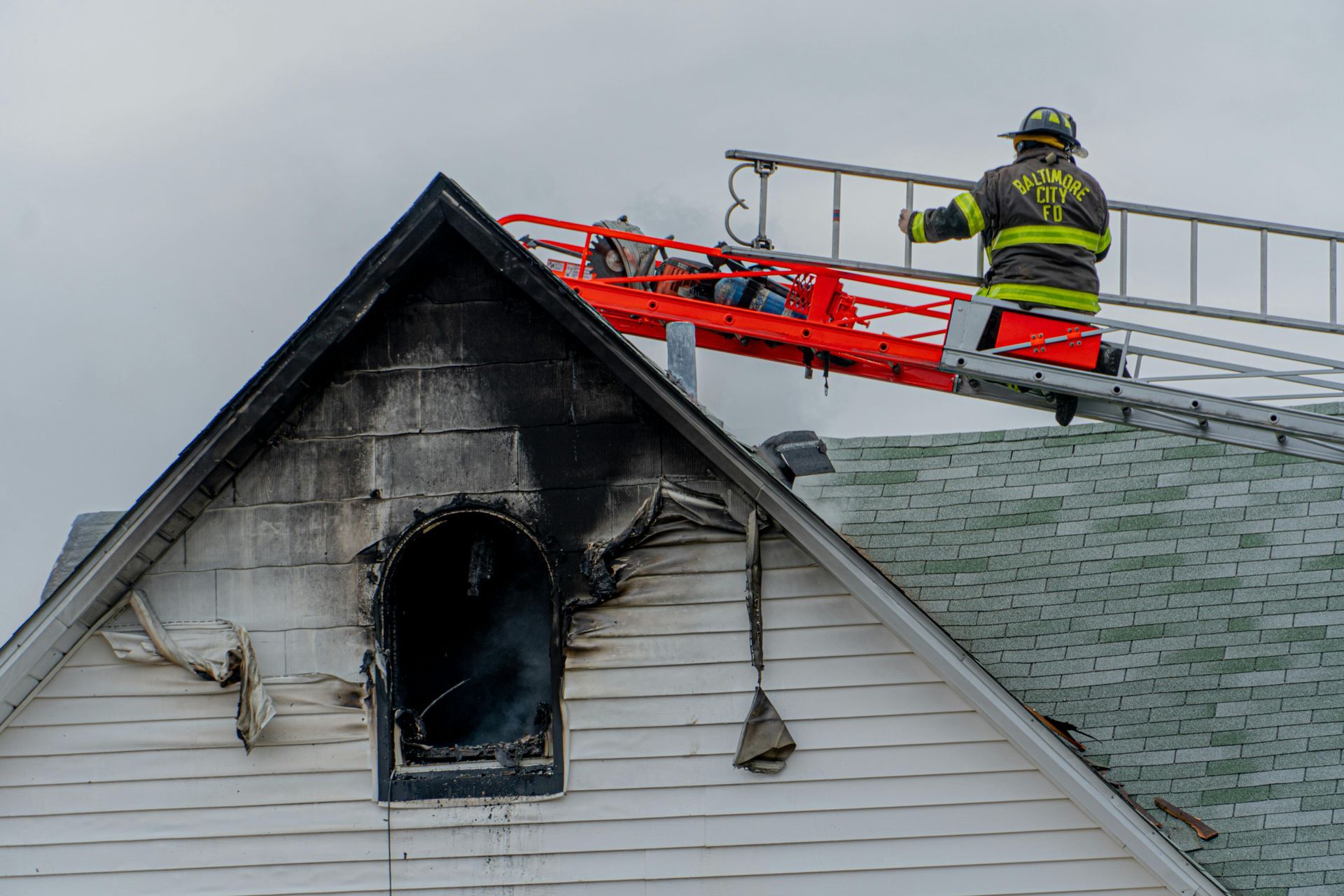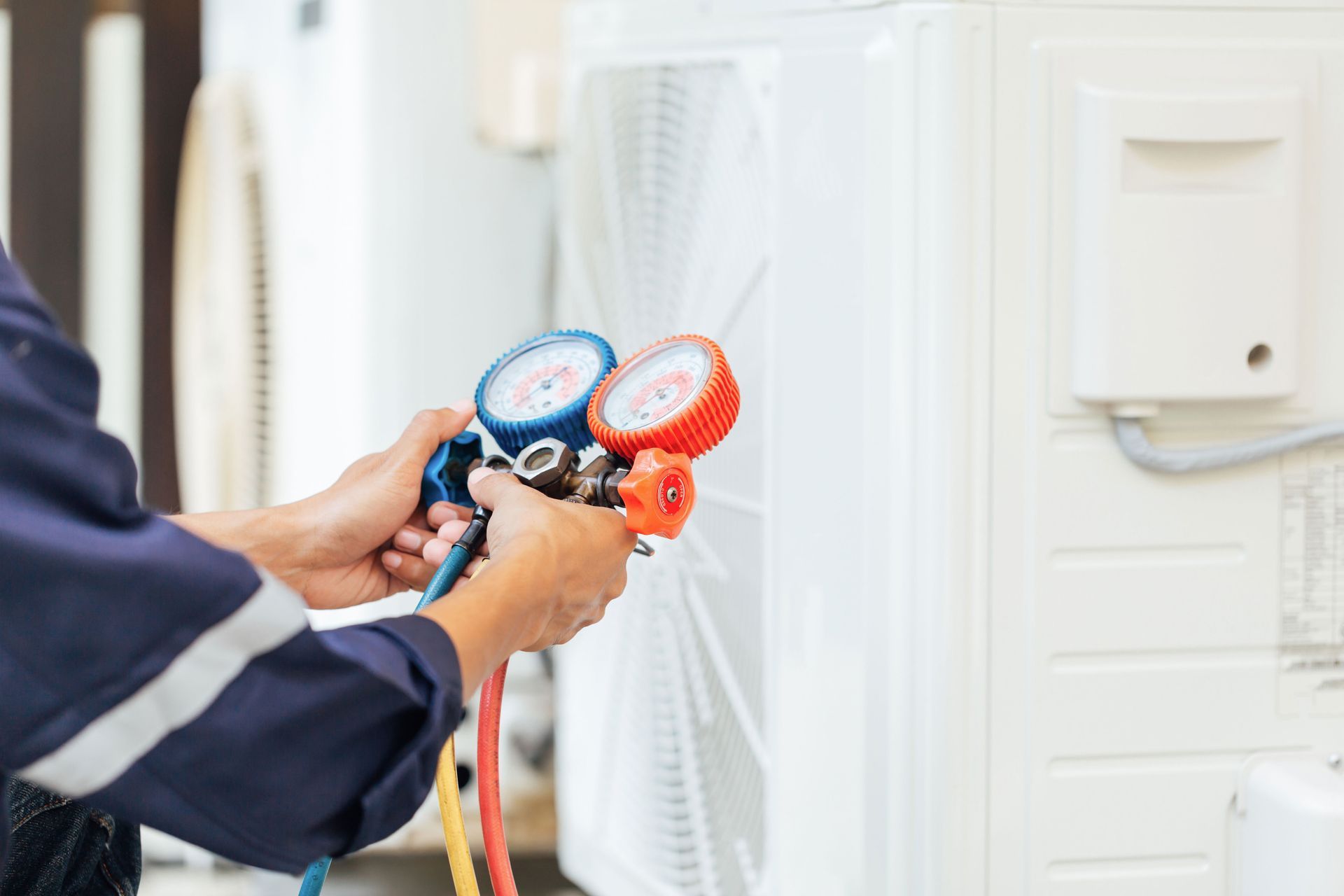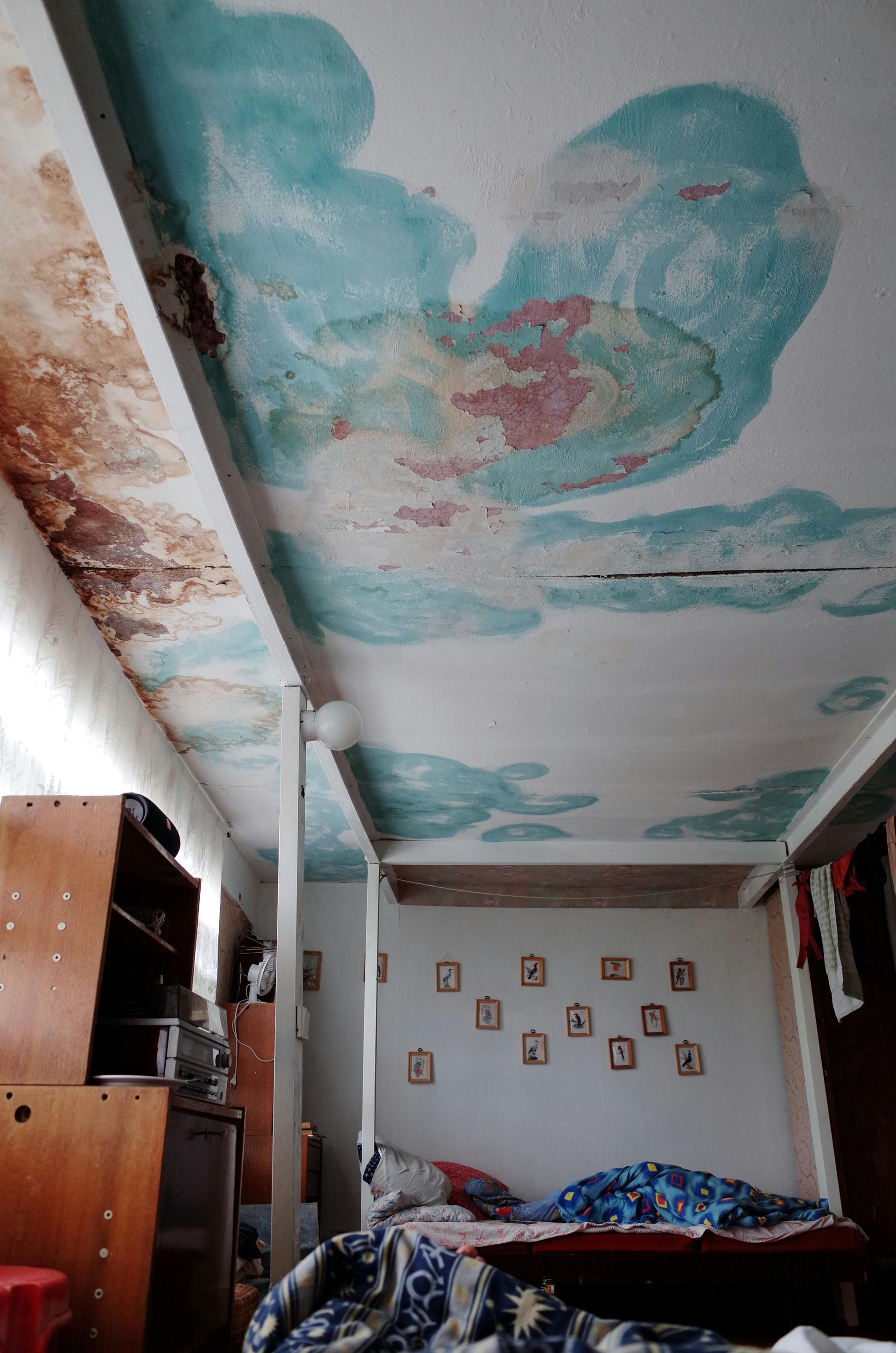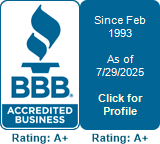How to Identify Water Damage in Your Home
Uncovering Leaky Windows and Water Marks
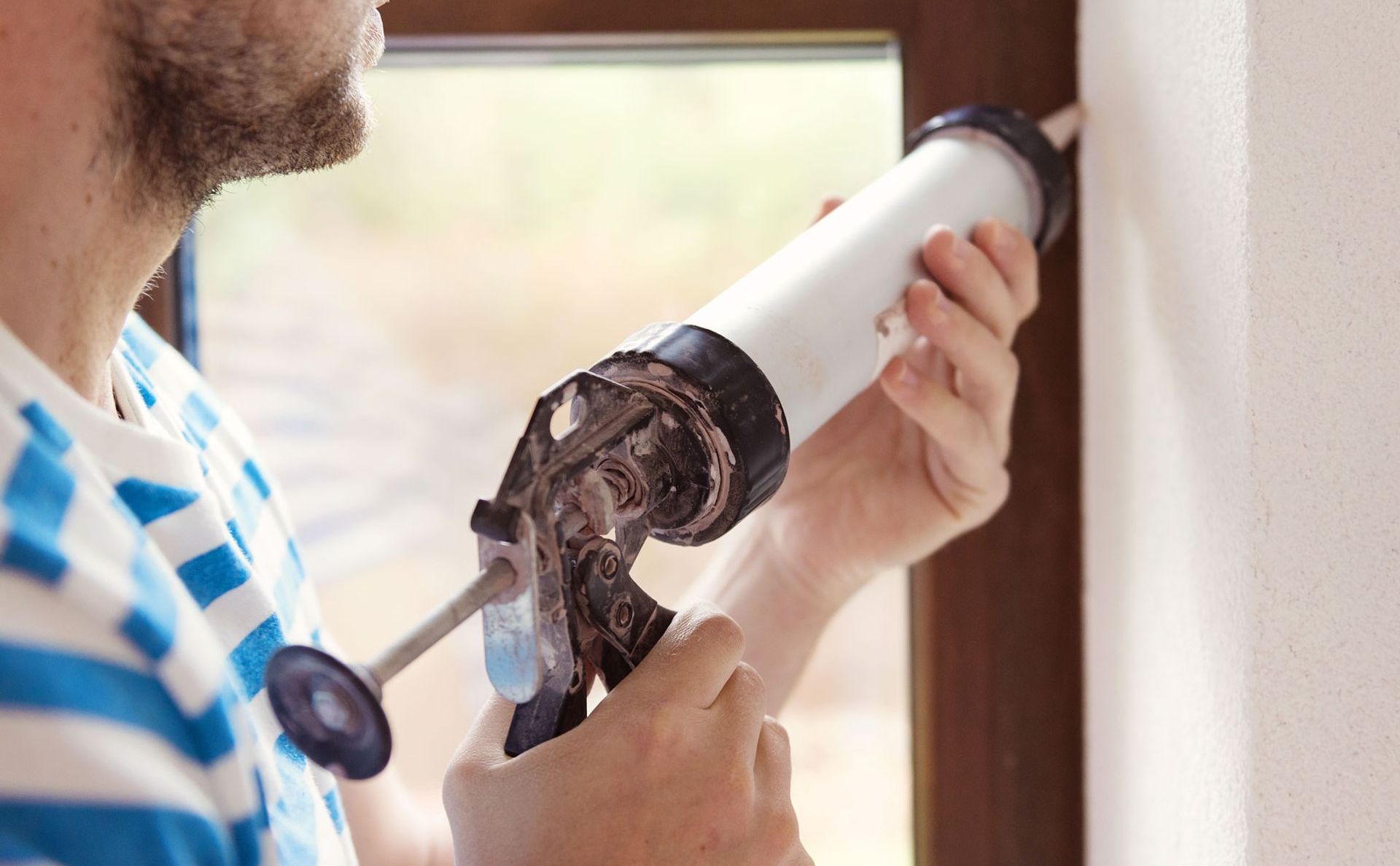
Water damage can wreak havoc on your home, leading to structural issues, mold growth, and costly repairs. Identifying water damage early is crucial to prevent further deterioration and protect your property. In this blog, we will focus on two common indicators of water damage: leaky windows and watermarks. By learning how to identify and address these issues promptly, you can safeguard your home from potential water-related problems.
Leaky Windows:
Windows are vulnerable spots in a home's defense against water intrusion
Step One: Identify potential leaks
Here are some signs that indicate you may have leaky windows:
- Water Stains: Check the area around your windows for water stains or discoloration on walls, ceilings, or window frames. These stains might appear as yellowish-brown patches or rings, indicating water infiltration.
- Peeling Paint or Wallpaper: Constant exposure to water can cause paint to peel or wallpaper to bubble near windows. These are telltale signs of moisture build-up, which often stems from leaky windows.
- Dampness or Mold Growth: Excessive moisture around windows may lead to dampness or even mold growth. If you notice a musty smell or black spots, particularly near the window frames or sills, it's essential to investigate further.
- Drafts or Air Leaks: Leaky windows often allow drafts to enter your home, resulting in energy inefficiency. On windy days, try to detect air leaks by feeling for drafts or using a candle flame to detect flickering caused by air movement.
Step Two: How to address leaky windows
Here are some do it yourself tips to address any discovered leaks you may have:
- Inspect and Seal: Examine the window frames and sills for any visible gaps or cracks. Apply weatherstripping or caulking to seal these areas and prevent water infiltration.
- Replace Weatherstripping: If your windows have worn-out weatherstripping, replace it to ensure a proper seal and prevent leaks.
- Install Window Flashing: Consider adding window flashing, a protective barrier placed around windows to redirect water away from vulnerable areas. This simple addition can significantly reduce the risk of water damage.
Water Marks:
Watermarks are often visible evidence of water damage caused by leaks or prolonged exposure to moisture.
Step One: Identify Watermarks:
Here are some signs that may help you identify these tell tale signs:
- Ceiling Water Marks: Discoloration or staining on ceilings can indicate water leakage from the roof, plumbing, or bathroom fixtures located above. Pay attention to any recurring or spreading marks, as they suggest an ongoing issue that requires immediate attention.
- Wall Water Marks: Water marks on walls, particularly around windows, doors, and plumbing fixtures. Leaky pipes within the walls or water seepage from the exterior can result in stains, peeling paint, or bubbled wallpaper.
- Window Frames and Sills: Inspect the areas surrounding your windows for signs of water intrusion. Water marks or discoloration on the frames, sills, or nearby walls may indicate leaky windows or poor window sealing.
- Floors: Water damage can affect flooring materials, leaving behind visible water marks. Pay close attention to areas near windows, entryways, around appliances or in bathrooms. Wood floors may show signs of cupping, sinking or warping, while carpets can become discolored, feel damp, or emit a musty odor. Vinyl can become discolored with water damage.
- Baseboards: Water marks can also appear along the baseboards, especially in areas where water can seep in, such as near windows, exterior walls, or plumbing fixtures. Discoloration, warpring, swelling, or peeling paint may suggest ongoing water damage.
- Under Sinks and Cabinets: Check under sinks and inside cabinets for any signs of water marks or moisture. Leaky pipes or plumbing connections can lead to water damage in these areas.
- Attic or Crawlspace: If accessible, inspect the attic or crawlspace for any visible water marks on the ceilings, walls, or insulation. Roof leaks or plumbing issues can cause water damage in these concealed spaces.
- Vents: Look for condensation or mold around vents throughout your home.
Remember that water marks might not always be immediately visible, especially if the water damage is in its early stages. Therefore, it's essential to remain vigilant and regularly inspect your home for any signs of water infiltration or moisture-related issues.
Step Two: How to address Water Marks
Here are some do it yourself tips to address any that you may find:
- Carefully examine the affected area to determine the source of the water intrusion. It could be related to plumbing issues, roof leaks, faulty windows, or even condensation problems.
- Once you've identified the cause, take appropriate action to fix the underlying issue. This might involve calling a professional plumber, roofer, or window specialist, depending on the problem.
- If water marks have led to moisture damage, it's crucial to dry the affected area promptly. Use dehumidifiers, fans, or professional drying services to mitigate further damage and prevent mold growth. Restoration efforts may include repainting, replacing damaged materials, or refinishing flooring, as necessary.
Being vigilant about identifying water damage in your home, including leaky windows and water marks, can save you from extensive repairs and potential health hazards associated with mold growth. Regular inspections, quick action, and preventive measures such as sealing windows and addressing leaks promptly are key to maintaining a safe and dry living environment. Remember, when it comes to water damage, early detection and proactive measures are your best allies.
You might also like
